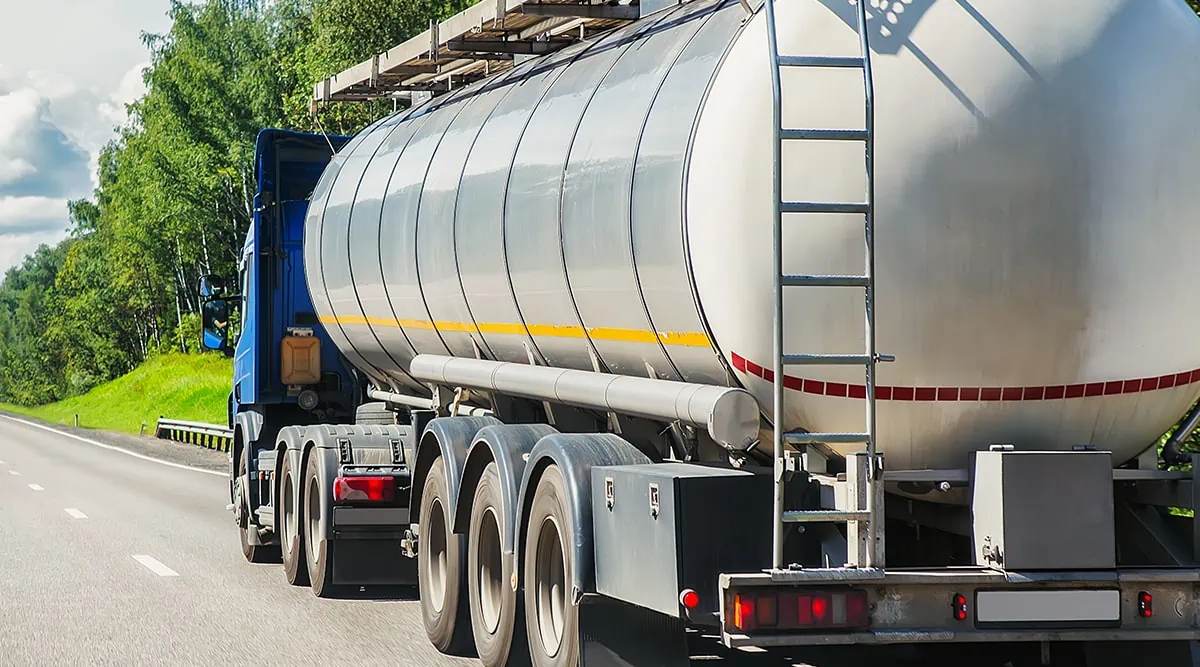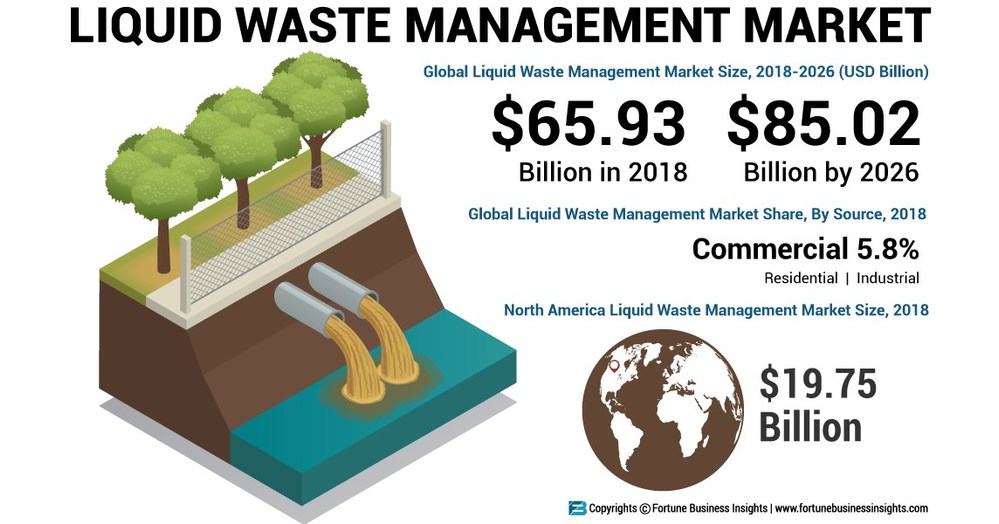All About Reclaim Waste
All About Reclaim Waste
Blog Article
Unknown Facts About Reclaim Waste
Table of ContentsExamine This Report on Reclaim WasteThe Ultimate Guide To Reclaim WasteReclaim Waste Things To Know Before You Get This6 Simple Techniques For Reclaim WasteThe Single Strategy To Use For Reclaim Waste
Discover the types, occurrences, and kinds of liquid waste. Domestic sewage waste describes the waste and products from a residential septic storage tank. This kind of waste is produced by humans in residences, colleges, and other structures. This only consists of septic systems that have a drain field. The correct administration and disposal of residential sewer waste call for liquid waste to be transferred to a sewer treatment plant where the proper techniques and devices are put on purify and deal with waste.
Commercial waste commonly consists of potential threats, such as flammable products or a mix of liquid and solid waste products, and needs a much more innovative and thorough disposal process. The disposal of business waste commonly entails the filtration of waste prior to transportation to guarantee safe and proper disposal. Industrial waste is produced from by-products and overflow of industrial procedures and production.
This kind of waste can not utilize the exact same sewer management transportation or procedures as septic or industrial fluids. The hazardous waste monitoring process requires the evaluation and screening of liquid waste prior to it undertakes the disposal process (industrial wastewater treatment). Overflow waste is the liquid waste that comes from runoff and excess stormwater in highly populated locations or cities
Overflow waste can cause contamination and flooding if not dealt with correctly. Making certain appropriate waste administration can stop calamities and minimize environmental injury.
Our Reclaim Waste PDFs
Call PROS Providers today to find out about our waste management and disposal services and the correct ways to take care of the fluid waste you produce.
(https://disqus.com/by/reclaimwaste1/about/)Do you know what takes place to your water when you end, flush the bathroom or drain the cleaning maker? No? Well, it's worth recognizing. This supposed 'wastewater' is not only an essential source however, after treatment, will certainly be released to our land, rivers or the ocean. Used water from commodes, showers, baths, kitchen sinks, laundries and industrial processes is referred to as wastewater.

water used to cool machinery or tidy plant and devices). Stormwater, a type of wastewater, is overflow that moves from agricultural and metropolitan areas such as roofing systems, parks, gardens, roads, courses and gutters right into stormwater drains, after rainfall. Stormwater moves neglected straight to local creeks or rivers, ultimately getting to the ocean.
An Unbiased View of Reclaim Waste
In Queensland, the majority of wastewater is dealt with at sewer treatment plants. Wastewater is transferred from domestic or industrial sites with a system of drains and pump stations, recognized as sewage reticulation, to a sewage therapy plant.
The Department of Natural Resources recommends city governments concerning managing, operating and keeping sewerage systems and treatment plants. In unsewered areas, local federal governments might need householders to mount private or family sewage treatment systems to treat domestic wastewater from bathrooms, cooking areas, shower rooms and laundries. The Department of Natural Resources authorises making use of family systems when they are proven to be reliable.
Most stormwater receives no treatment. In some brand-new subdivisions, therapy of some stormwater to get rid of clutter, sand navigate here and gravel has begun using gross pollutant catches. Wastewater treatment takes place in four stages: Eliminates strong matter. Larger solids, such as plastics and other things incorrectly released to drains, are eliminated when wastewater is travelled through displays.
Uses small living microorganisms understands as micro-organisms to break down and remove continuing to be liquified wastes and great particles. Micro-organisms and wastes are integrated in the sludge.
Some Known Facts About Reclaim Waste.
Nutrient removal is not offered at all sewer therapy plants due to the fact that it requires expensive specialized equipment. Clear fluid effluent produced after therapy might still contain disease-causing micro-organisms - liquid waste removal melbourne.

This typically means wastewater needs to be dealt with or impurities eliminated before it can be discharged to waterways. The majority of wastewater flows into the sewage system. Under the Act, city governments provide approvals and licences for eco pertinent tasks (Ages) involving wastewater launches that may have a local impact. The department carries out approvals and licences to Periods including wastewater launches that might have a regional or statewide effect.
Reclaim Waste Can Be Fun For Anyone
Tracking gives factual information about water high quality and can validate that permit problems are being fulfilled. The details acquired with tracking provides the basis for making water quality decisions.
Report this page